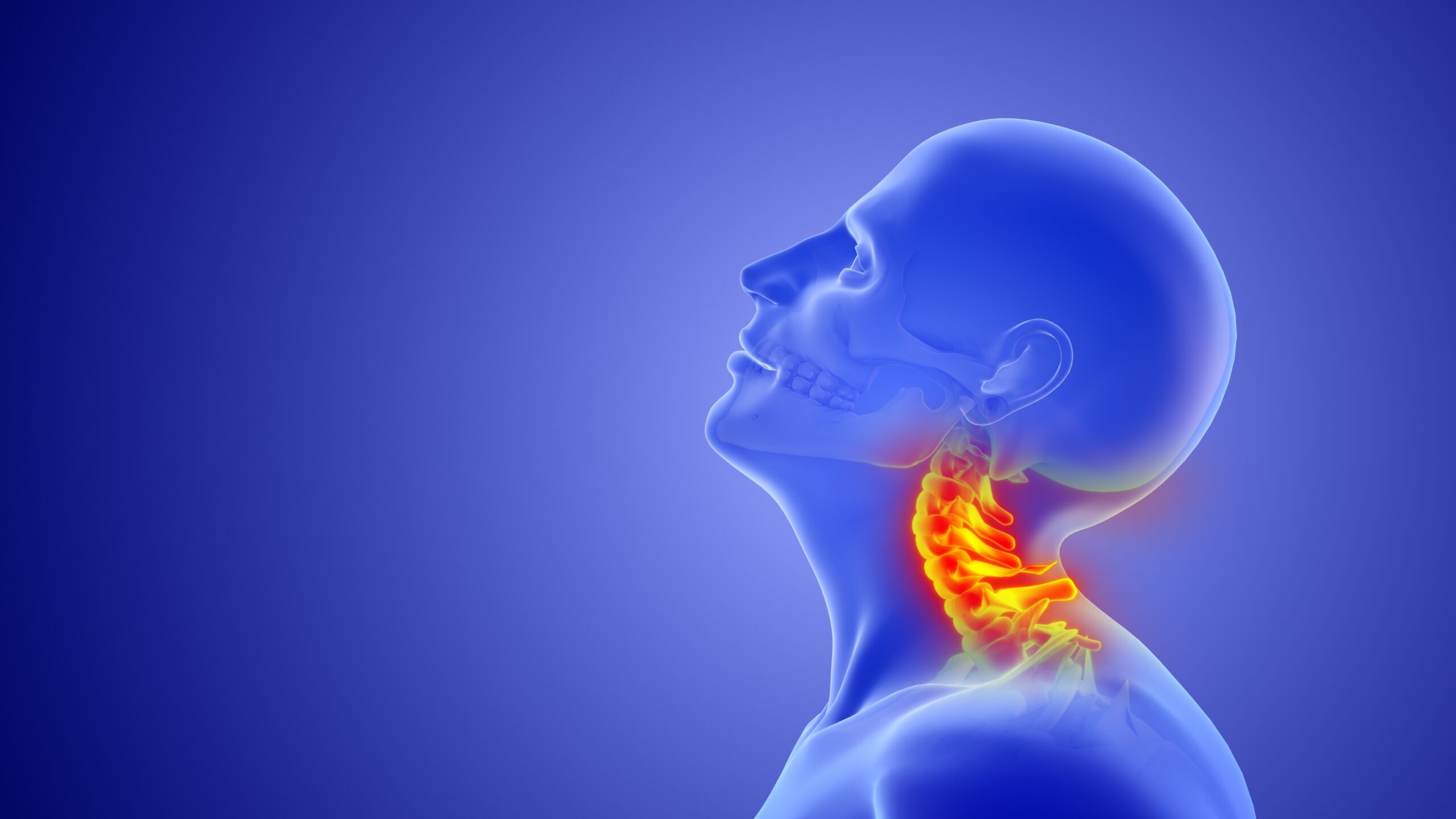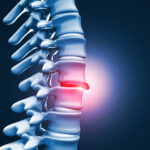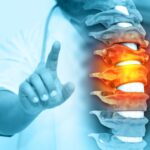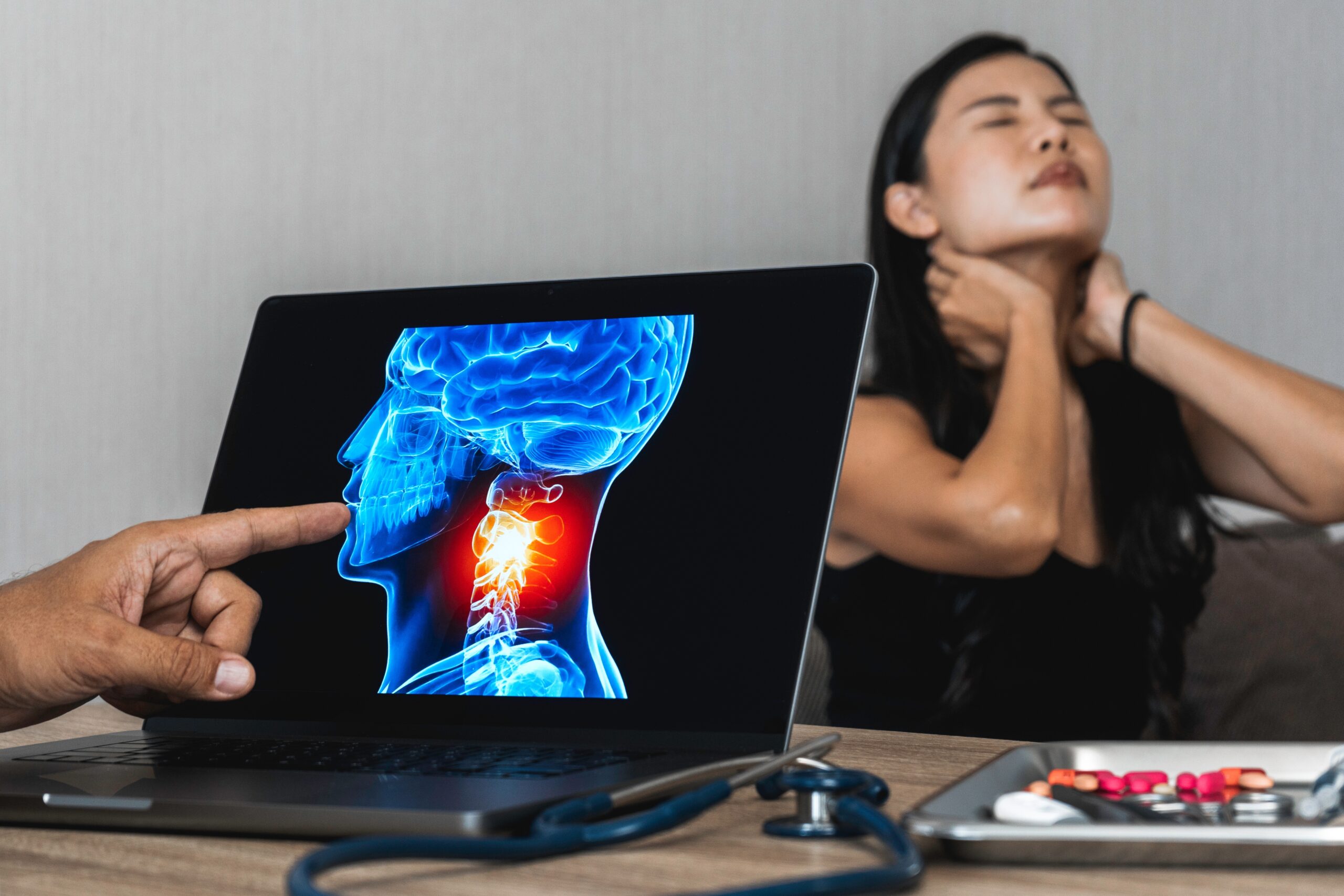
Trusted Cervical Disc Fusion Surgery Has Many Benefits
Trusted cervical disc fusion surgery is effective for those suffering from Spinal Stenosis, herniated discs, and degenerative neck conditions. The good news is: studies show most patients experience favorable outcomes after surgery.
A Posterior Cervical Laminectomy can improve function and mobility in your neck regardless of how long a degenerative disease or certain injuries have progressed before surgery. However, patients with symptoms lasting over 12 months prior to surgery may achieve various long-term outcomes.
Looking into the right surgical procedure for your specific condition with the help of a doctor is important. The positive results from having a laminectomy can vary depending on the severity of your spinal cord compression, duration of symptoms before surgery, and the severity of your condition. Spinal Stenosis, Myelopathy, disc herniations, and other conditions can be serious as your spinal cord is compressed, resulting in neurological symptoms.
First off: How does a laminectomy differ from spinal fusion surgery?
Trusted Cervical Disc Fusion Surgery: Laminectomy vs. Fusion
A laminectomy, or essentially a trusted cervical disc fusion surgery, is sometimes combined with fusion surgical procedures to provide decompression and stabilization to patients suffering from neck issues.
This is especially true in the case of major neck pain, instability, Kyphosis, or even Reverse Cervical Lordosis. In the case of Kyphosis, your spine can curve outward more than it should. Reverse Cervical Lordosis is where your neck’s natural inward curve that supports your head’s weight and allows mobility is reversed or missing.
The choice between receiving a fusion surgery, laminectomy surgery, or a combined procedure depends on the pathology, symptoms, and factors surrounding your personal anatomy and cervical pain and lack of mobility. Your surgeon can recommend the most appropriate option based on your individual case.
A Posterior Cervical Laminectomy involves:
- Removing the lamina, the back part of your vertebra, to decompress the spinal cord.
- Creating more space in the spinal canal to relieve pressure.
- Preserving more flexibility compared to fusion.
- Performing the surgery usually through a posterior approach, allowing the surgeon to access your spine from the back of your body.
Fortunately, a Posterior Cervical Laminectomy does not limit motion or flexibility.
A cervical fusion involves:
- Joining two or more vertebrae together permanently.
- Reducing flexibility and range of motion in the fused segment.
- Stabilizing the spine and preventing motion between vertebrae.
- Potentially combining efforts with decompression procedures, such as a discectomy.
- Using bone grafts, metal plates, screws, or cages to fuse your vertebrae.
- An anterior or posterior approach, depending on your situation and the surgeon’s advice.
Many studies suggest a laminectomy alone may be safe and effective in select patients who are similar in their neurological outcomes compared to getting a laminectomy with fusion.
Recovery Period After a Posterior Cervical Laminectomy
In the long run, undergoing a trusted cervical disc fusion surgery is successful when you and your doctor are on the same page. Discussing the right considerations during your preoperative spinal alignment phase can be extremely helpful.
The recovery times for a cervical laminectomy and laminectomy with fusion differ. When it comes to a cervical laminectomy, for starters, you’ll have a shorter hospital stay. Patients typically stay in the hospital for 1 – 2 days.
Also, some patients may return to light desk work in 2 – 3 weeks. Without fusion, patients generally have fewer restrictions on their movement and activities, as well as a quicker return to full activities.
With a combined laminectomy and fusion, you’ll have a longer hospital stay, usually about three days at the very least. Your full recovery will take longer, about 8 – 12 weeks for the bones to completely fuse. Some patients have even reported their extended healing period lasted up to one year.
Additionally, with a combined procedure, patients usually report they are delayed in returning to full activities, as well as a longer period of 12 weeks before returning to more strenuous activities.
The key differences between a cervical laminectomy and fusion are:
- A fusion extends your overall recovery time due to the bone healing process.
- A laminectomy allows for faster return to work and activities in uncomplicated cases.
- Fusion patients have more restrictions on movement during recovery to allow for healthy bone healing.
- A full recovery after fusion surgery can take up to one year, compared to a few months for a laminectomy.
Your choice depends on your specific anatomy and other bodily factors.
Sports Injuries and Trusted Cervical Disc Fusion Surgery
As more severe neck injuries happen in sports, the public’s interest in trusted cervical disc fusion surgery has increased. Thanks to improved sports equipment, coaching, and rules, safety and procedural awareness abound.
Still, such injuries can occur in contact sports like football and soccer, as well as non-contact sports such as gymnastics and cycling. Sports-related neck injuries fall into the following cervical categories:
- Cervical fractures and dislocations. These are serious injuries involving broken neck bones or misalignment of your vertebrae.
- Nerve root or brachial plexus injuries. These involve damage to the nerves that control your arms and hands.
- Intervertebral disc lesions. This is damage to discs that cushion your vertebrae.
- Cervical Stenosis. This is a narrowing of your spinal canal, putting pressure on the spinal cord.
- Acute cervical sprains or strains, including whiplash. These involve stretching or tearing of your muscles or ligaments in the neck.
- Transient Quadriplegia. This is a temporary loss of feeling and movement in all four limbs.
The U.S. Consumer Product Safety Commission tracks product-related injuries. “According to the CPSC, an estimated 23,720 neck fractures were treated at U.S. hospital emergency rooms in 2018,” states the American Association of Neurological Surgeons. “Of these, an estimated 3,194 fractures were related to sports.”
What’s interesting is, this report excludes data from activities with fewer than 1,200 injuries, those with very small sample sizes, or those limited to a small geographic area. Second, less severe neck injuries treated at a doctor’s office, urgent care centers, or at home are not included. There are probably many more injuries than officially reported.
Men experience neck sprains 1.7 times more often and fractures 3.6 times more often than women. Cycling is the leading cause of cervical fractures in men, whereas horseback riding is the common cause in women.
Spinal Stenosis, Herniated Discs, and the Statistics
Cervical spinal cord compression, oftentimes cured by trusted cervical disc fusion surgery, can flare up either gradually or suddenly by several conditions affecting the spinal portion of your neck.
Spinal Stenosis is the narrowing of your spinal canal, which can put pressure on the spinal cord and nerve roots. It’s often caused by age-related degenerative changes such as bone spurs, further narrowing your canal. Besides neck pain, arm numbness and tingling are not uncommon.
“The neck or back may or may not hurt,” states one report from University of Washington Medicine’s Neurological Surgery division. “More often, people experience numbness, weakness, cramping or general pain in the arms or legs. If the narrowed space within the spine is pushing on a nerve root, people may feel pain radiating down the leg, called sciatica.”
A herniated disc happens when the soft inner material of your intervertebral disc protrudes through the tougher outer layer. It can directly compress your spinal cord or nerve roots, causing radiating arm pain, numbness, and weakness as well. A herniation may result from a prior injury or progressive, degenerative changes.
“The incidence of herniated disc is about 5 to 20 cases per 1,000 adults annually and is most common in people in their third to the fifth decade of life, with a male to female ratio of 2:1,” according to Physiopedia. “In 95% of the lumbar disc herniation, the L4-L5 and L5-S1 discs are affected.”
Your medical history and a physical examination can diagnose the problem. Imaging tests like X-rays, MRIs, CAT scans, Myelograms, and bone scans can reveal injuries, tumors, or typical degenerative issues in your spine and the surrounding areas. Each test offers different views and information, often used together for a complete picture.
Minimally Invasive, Trusted Cervical Disc Fusion Surgery
A Posterior Cervical Laminectomy is a minimally invasive, trusted cervical disc fusion surgery that a surgeon performs in an outpatient setting or a hospital, depending on your situation. It’s a relatively quick procedure:
- Positioning and anesthesia: You’ll be positioned face-down and given general anesthesia.
- Surgical approach: A three-to-four-inch incision is made at the back of your neck, and muscles are moved aside to access your spine.
- Bone removal: A surgical tool is used to create a channel in a specific area of your vertebra. The bony protrusion is then removed, creating space for your spinal cord.
- Closure: Muscles are repositioned, and the incision is closed with stitches.
- Recovery: Anesthesia is stopped. You are monitored in a recovery room for a few hours.
“The results of a laminectomy are variable and depend on the severity of spinal cord compression, the length of time symptoms have been present, and the severity of Myelopathy,” according to Spine Health. “Studies show that 42% to 92% of patients have favorable outcomes after the surgery.”
Maxim Health
Are you searching for a trusted cervical disc fusion surgery? This is where our groundbreaking approach intersects with your needs.
Maxim Health is a beacon of innovation. Our comprehensive focus brings together luminaries in spine surgery for an unparalleled experience in care, expertise, and attention.
With an extensive track record of successful and intricate procedures, Maxim Health is also at the forefront of surgical solutions. We help patients regain control of their lives, from non-invasive interventions to the latest advancements in pain relief.











